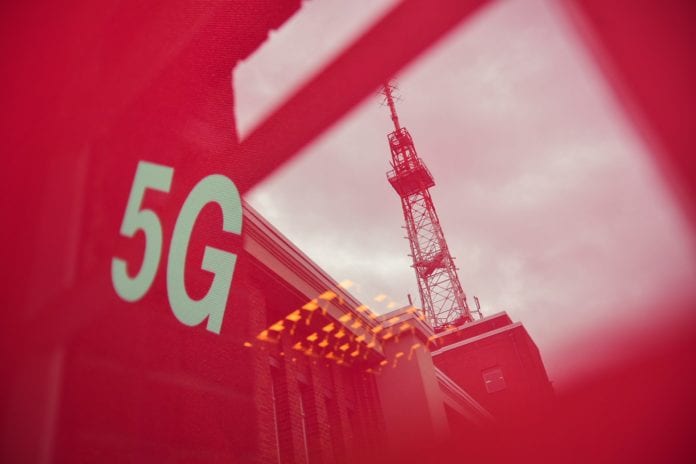Deutsche Telekom highlighted that more than 80,000 antennas are currently transmitting 5G
German carrier Deutsche Telekom said its 5G network already reaches 94% of the country’s population.
In a release, the European carrier noted that it expects its 5G technology could reach 99% of the Germany population by 2025.
The carrier also highlighted that more than 80,000 antennas are currently transmitting 5G, of which around 8,000 antennas will be providing 5G in the 3.6 GHz band by the end of the year.
“More capacity, more performance and always the best experience for customers – these are our goals for the rollout. With the 5G rollout, this has worked out at a pace that we have never seen with any other mobile standard,” said Walter Goldenits, head of technology at Deutsche Telekom.
In June, Deutsche Telekom announced it was for the first time using spectrum in the 700 MHz range to provide 5G service. The European operator said that the use of the 700 MHz band improve mobile communications coverage in rural areas across Germany.
With this new addition, the telco is now offering 5G services via three different frequencies. In addition to the 700 MHz frequency, there are two other radio bands: 2.1 GHz and 3.6 GHz.
The telco said that 5G Standalone (SA) is now technically available in the 2.1 GHz frequency band, adding that commercial use of 5G SA for residential customers will start as soon as applications are available.
The telco kicked off the rollout of its 5G network in a limited number of cities across Germany at the beginning of July 2019.
The German carrier also said it aims to significantly increase the pace of its fiber rollout, with plans to add 2.5 to 3 million connections in 2023.
The telco said it is on track to achieve the goal of offering FTTH connections to an additional 2 million households and businesses this year. By the end of 2022, Telekom will increase its fiber reach to a total of 5.2 million connections.
“Our fiber optic engine is running. We have built more fiber this year than all other competitors combined. In the second phase, we will bring even more fiber even faster to our customers. It’s all about growth and scaling. We have a clear plan that we are implementing with our strong team,” said Srini Gopalan, responsible for business in Germany at Deutsche Telekom.
The telco also provided an update about 5G campus networks stating that a total of 32 companies are already relying on this offering. 5G campus networks are being used, for example, for the development of autonomous cranes in the port of Duisburg, as well as machines for plastics processing at an Arburg company and supporting a research project for delivery drones in the Sauerland region, the telco said.
Deutsche Telekom also said it is already looking at the successor technology 6G at a very early stage. The company noted it has taken the lead in two 6G research projects with partners from industry, academia and science.
Deutsche Telekom will be leading a 6G initiative, dubbed ‘6G NeXt’, which is part of the “6G industry projects for research into integrated systems and sub-technologies for 6th generation mobile communications” program.
This initiative is funded by Germany’s Federal Ministry of Education and Research (BMBF). Deutsche Telekom noted that the ‘6G NeXt’ project, which involves nine partners from industry and science.
The 6G NeXt project will seek to develop a scalable, modular and flexible end-to-end infrastructure, which will be implemented at different locations as a test bed platform for research on the complex XR applications.
Deutsche Telekom had also announced that it was taking the lead for the ‘6G-TakeOff’, Together with a total of 22 partners, Deutsche Telekom is forming a consortium with the aim of developing a uniform 6G architecture for future communications networks comprising ground stations, flying infrastructure platforms and satellites.

